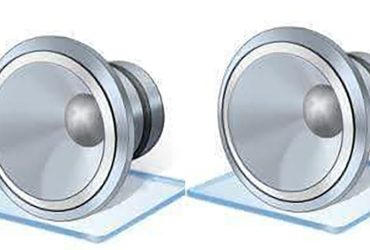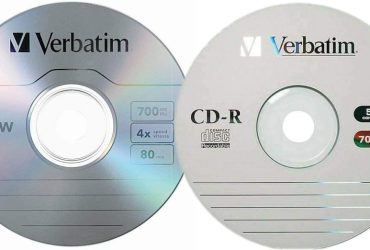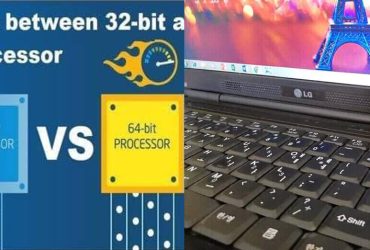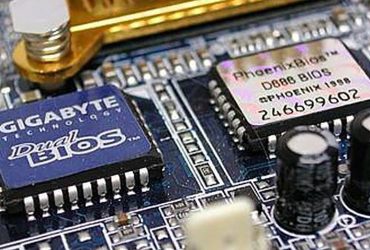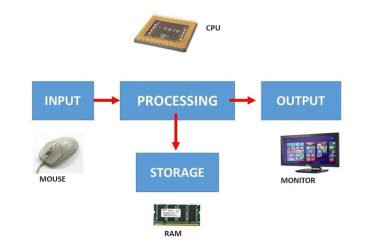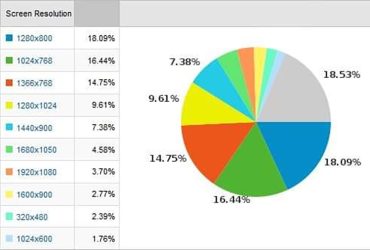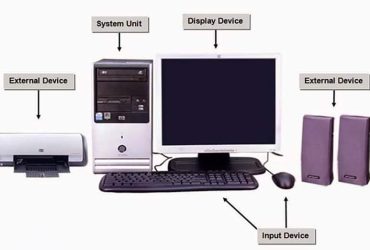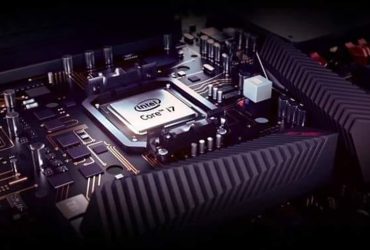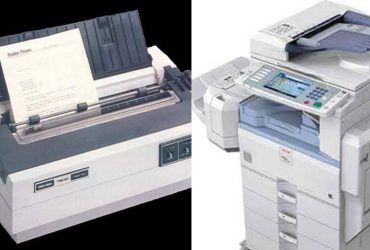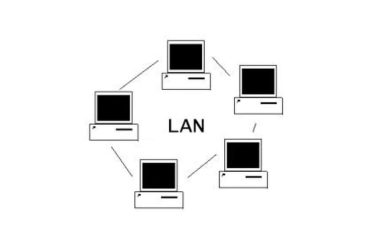Microsoft has introduced 64-bit computing since Windows XP. Using Windows 64 bit versions not only results in higher performance and faster performance but also higher data per clock cycle. More memory can be indexed and faster numerical calculations can be used to the fullest extent of hardware. There are two different types of 64-bit architecture.
X64: This architecture is an x86 instruction set based on the 64-bit extension and is compatible with AMD’s Opteron (AMD64) processors; Used in Intel Xeon processors and some other processors. Therefore, these CPUs allow you to choose between native 32-bit processing and 64-bit extension processing. In that sense, it is possible to integrate these architectural processors into applications that use not only 64-bit architecture applications but also 32-bit architecture applications as a native architecture.
IA64: This architecture is based on the Explicitly Parallel Instruction Computing (EPIC) processor architecture and is used in processors similar to Intel Itanium. This architecture can only run applications that support native 64-bit processing using native 64-bit processing. However, a better architecture is x64, also known as Primary 64 bit architecture. PCs and tablets running this architecture will be supported by Windows 8. In general, 64-bit computing is designed to be memory-intensive and to increase numeric calculations.
Therefore, in 64-bit processing, applications can load larger data sets into physical memory (RAM), reducing page load and increasing performance.
In most cases, 64-bit hardware is compatible with 32-bit applications, but 32-bit applications work better on 32-bit hardware. Windows 64 bit editions use the Windows 64 (WOW64) x86 emulation layer to run both 32-bit and 64-bit applications.



